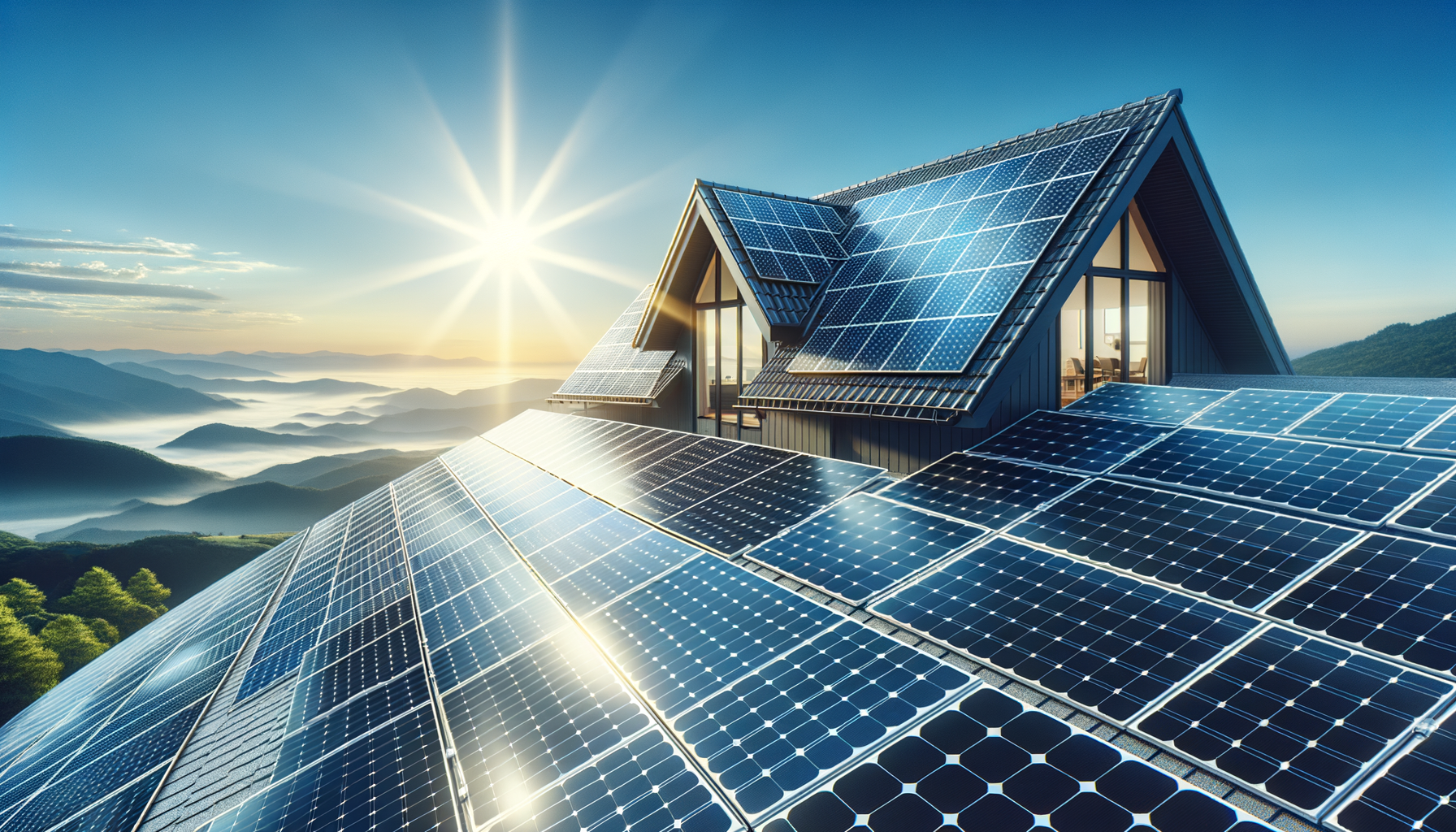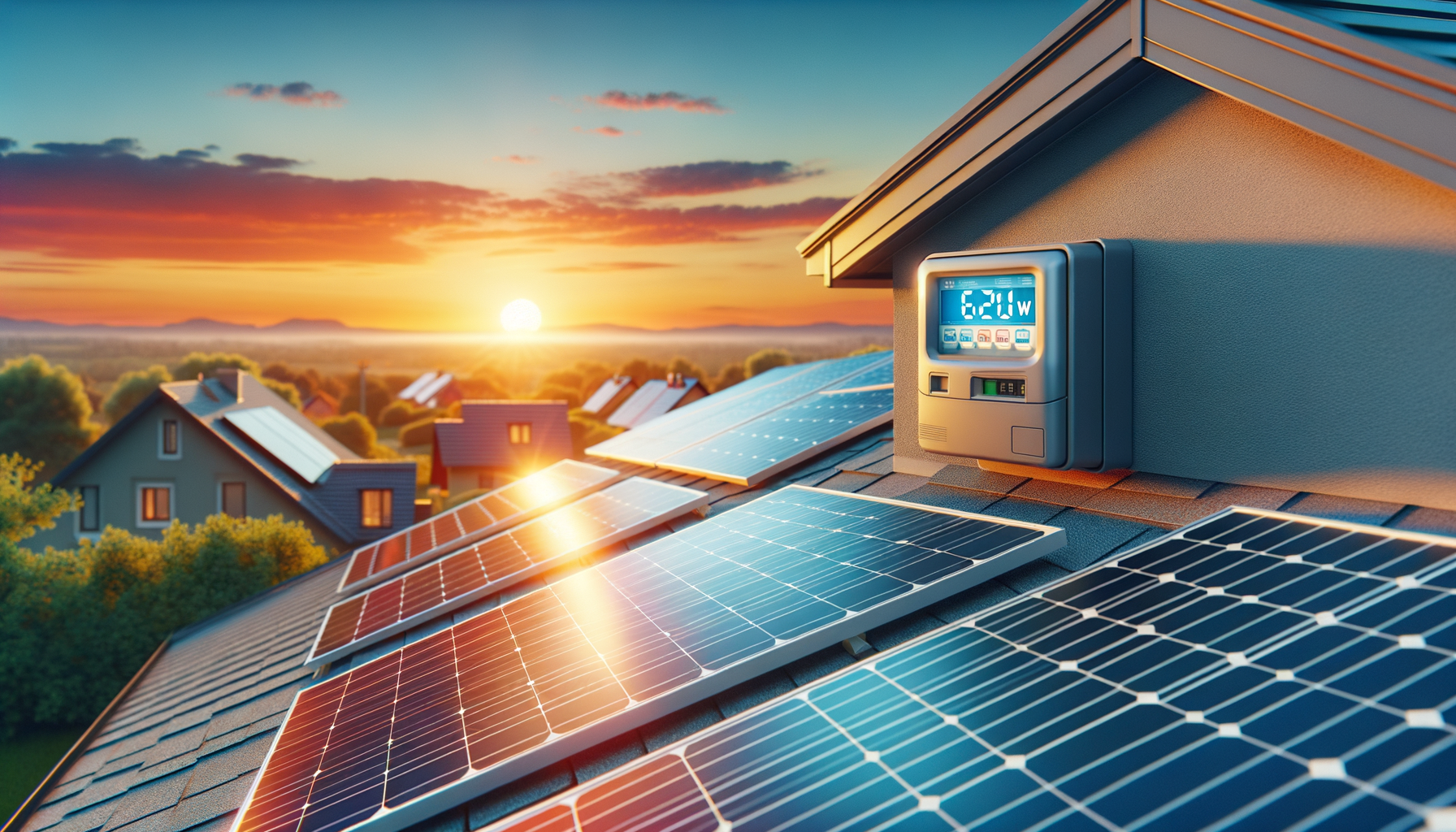How Many Solar Panels Do You Need to Power Your Home? A Comprehensive Guide

Updated 4 months ago
How Many Solar Panels Do You Need to Power Your Home? A Comprehensive Guide
Transitioning to solar power is an excellent way to reduce your carbon footprint, save on energy costs, and invest in your property's value. But the question remains, "How many solar panels do I need to power my home?" The answer may vary, but this guide is designed to provide you with a deep understanding of determining the required number of solar panels, while offering a convenient way to get a personalized estimate.
Understanding Solar Panel Needs
To gauge how many solar panels you'll need, start by examining your energy usage, local sun exposure, panel efficiency, energy goals, and budget. The size and shape of your roof also play a crucial role in this equation.
Estimating Your Energy Consumption
The baseline for any solar panel calculation is your household's energy consumption. A typical U.S. household uses about 10,649 kWh annually, but this varies widely depending on geography, lifestyle, and home size. Before you embark on solar panel installation, scrutinize your past utility bills to get a true figure of your yearly energy requirement.
Solar Panel Efficiency
Solar panel efficiency dictates the amount of sunlight that a panel can convert into electricity. Panels on the market typically boast efficiencies between 15% and 22%. The higher the efficiency, the fewer panels required to meet your energy needs—but often at a higher cost.
Local Solar Irradiance
Local solar irradiance refers to how much sun your area receives, which is a critical factor in your solar equation. Different regions receive varying amounts of sunlight due to geographical and meteorological factors, impacting the number of panels you need.
Roofing Realities
Not every inch of your roof is suitable for solar panel installation. Factors like orientation, tilt, shading, and available space influence your system's performance. Southern-facing roofs in the northern hemisphere generally get the most sunlight, whereas shaded or north-facing sections are less productive.
Now that we've reviewed the factors to consider, let's dive into how you can turn this information into action.
From Estimation to Action
Armed with information about your energy consumption and the factors mentioned above, you're ready to calculate the number of solar panels for your home.
Click here to jump straight to our solar panel calculator
Remember, while you calculate, consider future changes like adding an electric vehicle or a new appliance, which could increase your energy use. It's often wise to install a slightly larger system to accommodate unforeseen changes.
Your Solar Panel Calculation Breakdown
Let's break down the math in simple terms:
- Calculate Annual Energy Requirement: Take your monthly electricity usage from your bill and multiply by 12 to get your annual kWh requirement.
- Choose Panel Wattage: Select an average panel wattage (most panels range from 250-400 watts).
- Assess Local Production Ratio: The production ratio depends on your location's typical sunlight hours. It estimates kWh production for each kW of solar panels installed.
- Compute the System Size: Divide your annual kWh requirement by the production ratio to find the system size you need in kW.
- Estimate Panel Quantity: Divide the system size (in kW) by your chosen panel's wattage (in kW), and you’ve got the number of panels you need.
Time to Calculate!
Installation and Beyond
Having calculated the number of panels you need, it's essential to consider the installation process and what follows. The installation includes not just panels but also inverters, batteries for storage, racking, and a monitoring system. These components are integral to a fully functional solar energy system. Also, post-installation, continuous monitoring ensures your system is performing optimally and you're reaping the expected benefits.
Financial Considerations and Incentives
Installing solar panels requires a significant upfront investment. However, various federal, state, and local incentives, rebates, and tax credits can offset these initial costs. It's critical to explore all financial avenues, such as solar renewable energy certificates (SRECs) and net metering, to fully understand the economics of your solar investment.
Making the Most of Your Solar Array
With your solar panels installed, it's time to enjoy the benefits. A well-designed solar system can significantly reduce or even eliminate your electricity bill. Furthermore, solar panels may increase your home's value and offer a safeguard against rising energy costs.
Future-Proofing Your Energy Needs
As technology evolves, so does the efficiency and capability of solar panels. Keep an eye on advancements that could allow you to upgrade your system for even greater energy generation in the future.
A Green Energy Commitment
By choosing solar energy, you’re committing to a greener, more sustainable future. Beyond financial gains, solar panels have a positive environmental impact by reducing reliance on fossil fuels and decreasing greenhouse gas emissions.
Conclusion
Determining the number of solar panels needed for your home is a personalized process but one that pays off generously. With the correct number of high-quality solar panels, you can achieve energy independence, contribute to a healthier planet, and enjoy long-term savings.
For a customized estimate that considers all the variables unique to your home and energy usage:
Remember, solar power isn't just about energy efficiency; it's about paving the way towards a bright and sustainable future for generations to come.




